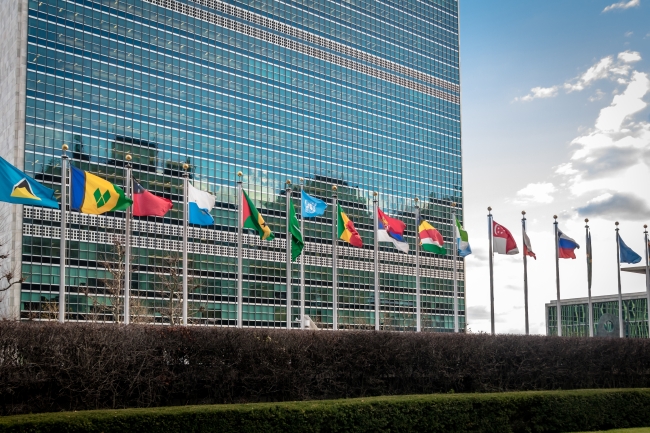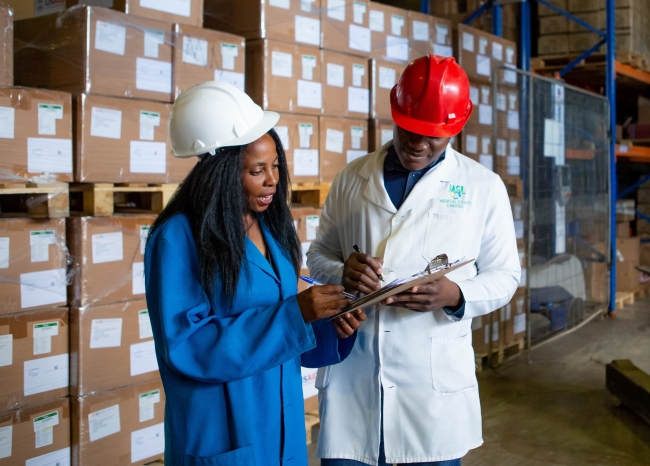From Response to Resilience: How Digital Financial Services Can Advance Climate Adaptation Efforts Better Than Cash Alliance contribution
14 NOVEMBER, 2024

By 2030, extreme weather is projected to worsen the wellbeing of at least 3 billion already poor people. Women, who comprise 80 percent of those displaced by climate disasters, face increased health and safety risks. Despite increasing global awareness and emphasis on resilience and adaptation, these goals still constitute a negligible proportion at 5% of global climate finance in 2022.
The last five years have seen significant advancements in digital payments and more broadly digital public infrastructure. They present a powerful tool to reduce vulnerability and increase readiness – which are the two critical axes in combatting climate risks. A review of national climate strategies, including the Nationally Determined Contributions (NDC), required under the 2015 Paris Agreement, and National Adaptation Plans (NAPs), reveals that the role of digital financial products and services in financing adaptation measures and building resilience capacity is largely overlooked and is a missed opportunity. This message was amplified through “Call to Action: Responsible Digital Payments to Accelerate Climate Action” launched at COP28, by the governments of Ethiopia, Ghana, the Philippines, the Vulnerable Twenty (V20) Group, the World Food Programme (WFP), Mercy Corps, and the Better Than Cash Alliance.
With less than 10% of climate finance channelled to local climate activities and, in reality, an even smaller fraction directly accessed by low-income people, improved access to financial services at the household and community levels, enabled by the scale of digitization, can play a direct role in reducing risk and vulnerabilities.
Digital payments contribute directly to the key priority sectors in existing NDCs and NAPs—such as social protection and safety nets, agriculture and land use, disaster risk reduction, and early warning systems. Digital payments are a channel for swifter, more secure financial relief post disaster, whether it be electronic transfers among family members, government assistance, or purchasing essentials from merchants. Some lessons can be learned from the response to the COVID-19, pandemic during which we saw a significant spike in digital payments alongside the global growth of formal financial services. This expansion created new economic opportunities, narrowed the gender gap in account ownership, and enhanced household resilience to manage financial shocks more effectively, according to the Global Findex 2021.
Digital payments also serve as an on-ramp to a broader suite of financial services and products including to savings, loans, and financial products like crop insurance, effectively building a safety net and increasing adaptive capacity for connected vulnerable households. Additionally, forecast-based financing—enabled by digital payments—offers substantial economic benefits, including a 700 percent return on investment and a 75 percent reduction in disaster costs. Recent anticipatory actions in Bangladesh, where over 40,000 people received early warning messages and anticipatory mobile transfers of US$37, demonstrate how digital payments can support disaster preparedness and mitigate losses. This proactive approach not only improved readiness but also reduced the financial impact of disasters.
Current climate adaptation strategies, which often centre on enhancing government crisis response capabilities, disaster risk financing, and building resilient infrastructure, are crucial but cannot reduce vulnerabilities and increase readiness at the household level on their own. Leveraging the role of the financial services sector and ensuring that responsible and user-centred digital financial products are developed can be instrumental in ensuring that those on the frontlines of climate change are equipped with the tools to withstand the present fallout from what is today regular flooding, drought and the multiple other related climate impacts.
Adapting to climate change will only succeed if vulnerable groups are prioritized. The forthcoming NDCs 3.0, set to be submitted in 2025, and continuing updates to NAPs provide an opportunity for governments to outline specific challenges and propose solutions to fully capitalize on the potential of digital financial services to support ongoing and new resilience building goals. Lessons from recent crises such as COVID-19, show that nations which prioritized early investments in digital payments and digital public infrastructure were much better positioned to leverage these in their response. Similarly, a more intentional integration of digital payments into national adaptation planning can unlock a powerful tool to reduce vulnerability and increase governmental readiness to respond to climate change. Embracing these tools makes adaptation efforts faster, more effective, and more equitable, ensuring that we leave no one behind.













